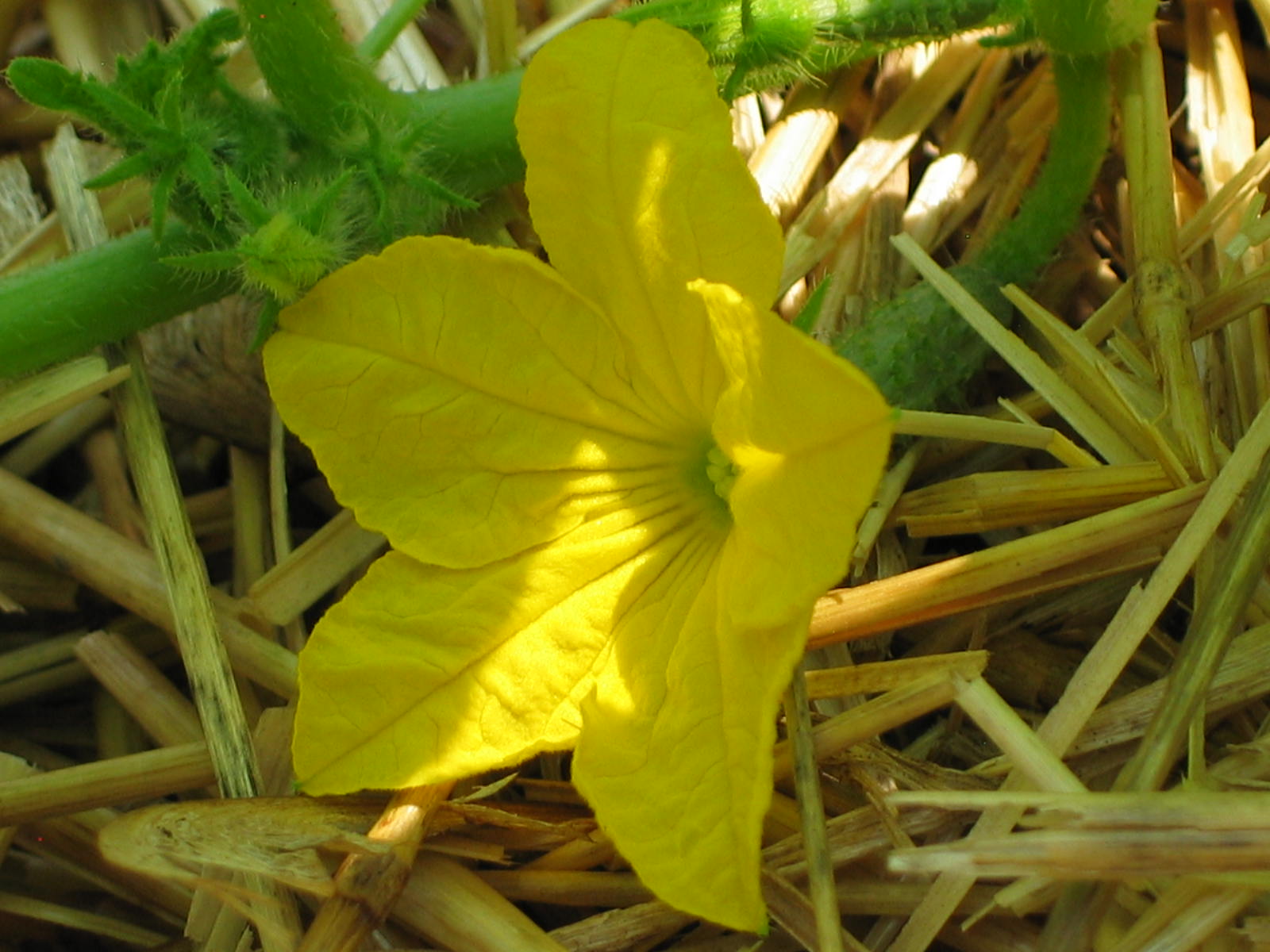
Garden Crop Rotation Basics
Garden Crop Rotation is important to keep in mind when Starting A Vegetable Garden and planning your Backyard Vegetable Garden Layout for the year.
I feel like the term sounds very industrial, but it’s not just for large scale farming.
What Does Crop Rotation Mean?
Very Simply Put~ Crop Rotation is the practice of, each year, changing the type of crop that is planted in a specific location.



Benefits Of Crop Rotation:
Naturally balance nutrients in soil – Each type of crop has different nutritional needs. They also may release certain nutrients into the soil.
If we plant that same crop in the same location each year we will quickly deplete the soil of the nutrients that it uses. However if the next year we plant a crop that uses up different nutrients, we create a balance. Planting a crop that releases a certain nutrient that was just used up by a previous crop is now replenishing the soil.
Prime example which is often used is regarding Nitrogen. Tomatoes use a lot of nitrogen to grow, however beans release nitrogen into the soil. So a great location to plant beans is where you planted tomatoes the previous year to help replenish nitrogen.
Disrupt the life cycle of some insects – There are some insects that prey on certain crops, then lay eggs in the soil, coming back stronger the next year. By removing their food source you help to break their lifecycle and avoid getting overrun by them.
Disrupt the life cycle of some diseases- Just like insects, there are pathogens in soil which cause diseases that prey upon specific crops. Rotating crops and eliminating their host could help to keep pathogens from overtaking an area.
It’s said to take about 3 years for some pathogens to either die off or become low enough in population to be able to plant the susceptible crop again in that location.
Order of Crop Rotation

“Beans~ Roots~Greens~Fruits”
Write this rhyme down on your calendar, in your garden planning book, or wherever you will be able to reference it if you forget.
In our post about planning your garden layout, I suggested to keep your drawing to refer to the following year…this is why. So we’ll remember what we planted the previous year and know what to change it to this year. Each year, plant the next category in that particular location.
Examples (but not limited to):
Beans- Beans & Peas
Roots- Beets, Carrots, Garlic, Onion, Potatoes, Turnip
Greens– Broccoli, Cauliflower, Lettuce, Spinach, Swiss Chard
Fruit- Cucumbers, Peppers, Tomatoes, Pumpkin, Squash, Watermelon
What if??
What if you have a really great planter, bed, or spot that you LOVE to plant tomatoes (or any specific crop) in each year and you don’t want to plant anything else in that spot??
Just change out the soil. A bit more work but worth it if it means that you’ll get the harvest you are seeking.
When we had our raised bed garden, we loved having particular veggies grow in particular spots, so for certain beds, we rotated the soil between beds instead of rotating the plant’s locations….Do what works for YOU and YOUR setup.
If you ask 100 gardeners/farmers how to grow an abundant harvest, you will get vastly differing opinions and no 2 will be the same. It comes down to educating yourself, then doing what works for you and your setup as no two gardens are ever the same.
We wish you a very abundant gardening season this year..be sure to share with us how you do!
*Disclaimer: As an Amazon Associate, we earn from qualifying purchases.

 About Me
About Me
0 Comments